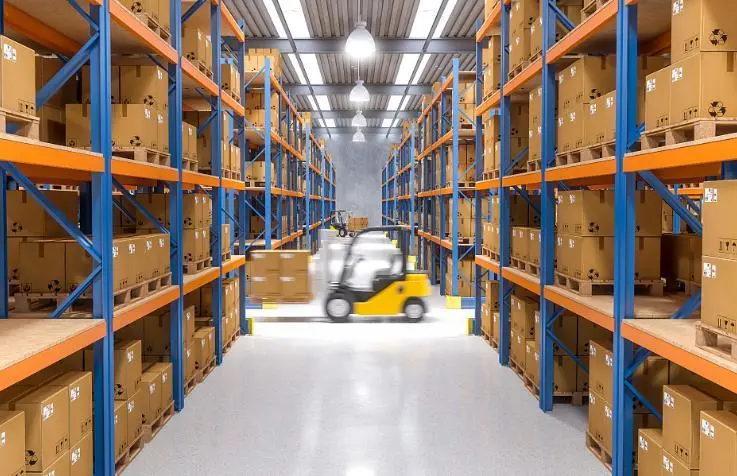Email format error
Email cannot be empty
Email already exists
6-20 characters(letters plus numbers only)
The password is inconsistent
Email format error
Email cannot be empty
Email does not exist
6-20 characters(letters plus numbers only)
The password is inconsistent


Good Prospects for Air Freight Afterh the Shipping Jam
The epidemic has changed the gameplay of freight transportation, and the speed of business transformation has exceeded expectations. Air freight, which used to be subject to seasonal pricing changes, may now have different prices every morning and afternoon.
1. The supply chain disruption caused further boosts air freight
The International Air Transport Association (IATA) recently released a regular report on global air freight that shows that in October 2021, the global air cargo demand will continue to be much higher than the pre-epidemic level, and the capacity bottleneck has eased slightly. Global air cargo demand (measured in freight ton-kilometers or "CTKs") increased by 9.4% year-on-year in October 2019 before the pandemic (international demand increased by 10.4%).
IATA information shows that supply chain disruptions and the resulting delays in deliveries are causing suppliers to take too long to deliver. Manufacturers often make up for a lost time in production with faster air shipments. The inventory-to-sales ratio remains low ahead of peak year-end retail activity such as Christmas. Taking advantage of air freight transportation, manufacturers can quickly meet demand by turning to air freight.
In 2021, the air freight price per kg will gradually increase from 60 yuan. From the second half of the year to the beginning of December, the air freight price has reached more than 100 yuan/KG, and the highest peak is 120 yuan/KG. Regarding the charter flight situation, the charter flight of the same model as the original will cost at least US$1 million after the epidemic.
2. Demand for air freight has been greatly improved afterh the shipping jam
Due to its shipping characteristics and cost-effectiveness, air freight charges usually far exceed ocean freight.
However, in 2021, due to sea congestion and sea freight costs soaring, the speed and cost-effectiveness of air freight transportation is increasing.
IATA data shows that global merchandise trade and industrial production remain above pre-pandemic levels, while air freight transportation is cost-competitive with container shipping: Before the crisis, air freight was on average 12.5 times more expensive than sea freight, but by September 2021, the price of air freight is only three times that of sea freight.
In terms of cargo volume, taking October as an example, IATA data shows that the international air cargo volume of Asia-Pacific airlines in October 2021 increased by 7.9% compared with the same period in 2019. The month-on-month (+4%) growth rate nearly doubled.
The air freight boom in 2021 is related to changes in the overall business format, and can be regarded as a demand spillover from the strong but unsatisfied shipping demand. Coupled with the problem of the Omicron strain, the gameplay of global freight has changed. Even after the epidemic, major freight companies also judge that online shopping will continue. While it is estimated that the bottleneck problem in shipping will not be alleviated much in 2022, more and more freight companies are deploying air transportation.
Rob Walpole, vice president of Delta Cargo, said that while the aviation industry has clearly faced significant disruptions over the past two years, these disruptions have actually created new opportunities for the cargo business, which has made the airfreight business bigger and more impactful than ever before.

